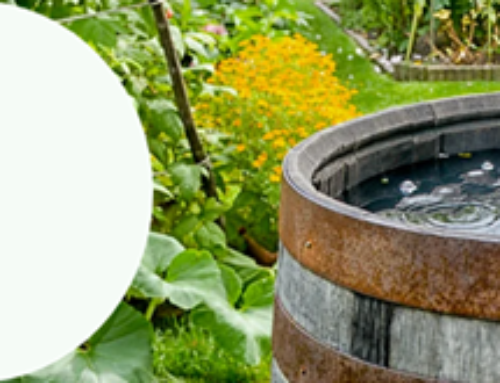Remember that chemical spill we all heard about in West Virginia’s Elk River not too long ago? It was the morning of January 9th when residents in the Charleston metropolitan area started smelling a strange licorice odor in their tap water. By the end of the day, 300,000 residents would have to turn off their taps and not drink, bathe in, or touch the water…for the next week or more. The culprit was 10,000 gallons of crude methylcyclohexane methanol (MCHM), a chemical mixture that had leaked out of an old, but active storage tank sitting along the banks of the river. And it sat just 1.5 miles upstream from the drinking water intake for a nine-county area.
Over the next week, we heard about Charleston-area residents having to drive dozens of miles out to adjacent counties to take showers and gather drinking water – perhaps a small inconvenience compared to those working in hospitals, schools, and restaurants without easy access to water. Since the incident, some have called for stricter pollution control regulations on industrial sites, while others point at a need for better enforcement of regulations already on the books. (The West Virginia Department of Environmental Protection had never inspected the leaky tank of MCHM on the Freedom Industries property under its Clean Water Act permit.)
I called up our colleague Evan Hansen, President of Downstream Strategies, LLC out of Morgantown to get his perspective on how West Virginians now reflect back on the chemical spill, four months out. He understands that some Charleston-area residents are still not drinking their tap water. Many are still very angry at Freedom Industries and the water utility, not only because of all the money they had to spend on bottled water, but also because the economy of the affected area came to a grinding halt on January 9th. (Marshall University is now trying to quantify the full extent of economic damage that resulted when this major metropolitan area, and parts of nine counties, suddenly had its water cut off for several days.)
“People are still scratching their heads wondering how this was allowed to happen,” Hansen said. Herein lies one lesson for those of us working in watershed management, he explains: When people complain about the economic impact of water regulations, remind them of what could happen without them. The connection apparently became very clear to Charlestonians and West Virginia’s legislators. In a notable moment of consensus, the West Virginia state legislature unanimously passed Senate Bill 373 – a bill that Hansen helped to shape with his watershed management expertise. Among other things, the law creates a new regulatory structure for maintaining and inspecting above-ground chemical storage tanks and requires West Virginia water utilities to develop source water protection plans. Those plans will set the framework for water treatment plants to detect early on any future water contamination and execute a “Plan B” if the normal water source must suddenly be shut off. Such environmental laws, Hansen adds, are powerful as long as our environmental agencies are effective in enforcing them – and as long as the capacity of those agencies is not short-changed.
Had this chemical not entered the water treatment plant and been delivered directly to the faucets of 300,000 people, the spill would not have created nearly as much uproar. The MCHM has a distinct smell and it caused an immediate and obvious problem – the perfect combination of conditions to be newsworthy and unify a community in support of environmental regulations. But, as unfortunate as the circumstances were, I think it is justified and helpful to point to the Elk River spill as an example of why we are collectively trying to reduce even those quieter, chronic impacts to our watersheds and drinking water supplies. None of us wants our water cut off.
What lessons do you draw from the recent Elk River chemical spill?
 Laurel Williamson is a Stormwater and Watershed Planner at the Center for Watershed Protection. She is located out of the Charlottesville, VA satellite office where she works on watershed field assessments, stormwater management trainings, and technical assistance to local and state governments. In the past, she has worked for the County of Albemarle, VA on stormwater BMP maintenance inspections and at the Alliance for the Chesapeake Bay, coordinating the citizen water quality monitoring program. Laurel has a B.A. in Environmental Science and a B.A. in Environmental Thought & Practice from the University of Virginia.
Laurel Williamson is a Stormwater and Watershed Planner at the Center for Watershed Protection. She is located out of the Charlottesville, VA satellite office where she works on watershed field assessments, stormwater management trainings, and technical assistance to local and state governments. In the past, she has worked for the County of Albemarle, VA on stormwater BMP maintenance inspections and at the Alliance for the Chesapeake Bay, coordinating the citizen water quality monitoring program. Laurel has a B.A. in Environmental Science and a B.A. in Environmental Thought & Practice from the University of Virginia.






